Expert interview with Uli Plaumann and Lea Feder
Uli Plaumann from Radlabor München and Lea Feder from "WAY TO WIN" are professionals when it comes to bike fitting and the right bike adjustment. Every day they help not only men but also women to adjust their bikes correctly and ergonomically and to avoid problems. Especially around the topic "women and bike saddle" they both have a lot of experience and told us about it in the interview and gave us their recommendations for the right bike saddle for a woman on the way:
Personal introduction:
Uli: "I am Uli Plaumann, a sports scientist and laboratory manager at the Radlabor München. There I mainly deal with bike fitting, diagnostics and training."
Lea: "I'm Lea Feder, founder and managing director of WAY TO WIN - a service company in the field of endurance training with a focus on bike training. It's not just about improving performance, but about the long-term satisfaction of our clients by achieving athletic goals in harmony with the other areas of their lives. For this reason, we combine nutrition and athletics with classic endurance training and also offer services such as ergonomic bike fitting. I have a bachelor's degree in bioinformatics and will soon be finishing my state examination in human medicine. Privately, I originally came to competitive cycling from handball as a career changer. In the meantime, however, WAY TO WIN has taken precedence and I only cycle for balance. My mission with my WAY TO WIN team is to give as many people as possible an animal-like understanding of their bodies, so that they can achieve sporting goals not only quickly, but also sustainably and with."
What should a woman look for when choosing a bicycle saddle?
Uli: "First, a woman should measure her ischial tuberosity distance. After that, it is important in which position the woman sits on the bike - is it a very sporty position where the hip rotates far forward or rather an upright position like on a MTB or trekking bike. Then you can choose what width the saddle should be for the individual position."
Lea: "The most important thing from my point of view is the right saddle width. This is a bigger issue for women than for men because on average they have wider pelvises and therefore larger sit bone distances (up to 18 cm) and many bike manufacturers fit rather narrow saddles as standard, which are suitable for male pelvises (from 6 cm)."
What are typical problems with women & bicycle saddles? How can these be avoided?
Uli: "The most common problem I experience in the lab is that many saddles are too narrow for women and they often have to console themselves by saying that "it has to hurt"! In my opinion, it doesn't have to. These problems can be avoided by adapting the saddle to the woman and the position right at the beginning of the bike purchase, so you can save yourself unpleasant sliding back and forth on the saddle and have a more comfortable feeling from the first turn on the bike."
Lea: "Basically, these are similar problems as with men: if you sit too little on the bony structures like the sit bones and the pubic tuberosities and too much on the soft tissues, numbness and skin irritations can occur. In men this is usually inflammation of the skin and in women sores in the genital area. In addition, skin irritations such as inflammation and pimples around the sit bones occur in both men and women if the sitting position is unstable. The basis for solving the problem is a saddle of the right width. In addition, attention must be paid to the right saddle shape, the right seat height and an adapted seat length and cant. We are even of the opinion that you can almost always find a suitable saddle among the common unisex saddles for both men and women. However, it takes a trained eye, a wide selection of saddles and ideally also a saddle pressure measurement film as part of a bike fitting. In addition, a certain degree of mobility is a prerequisite for athletic seating positions. For this reason, an athletic test is part of the bike fitting at WAY TO WIN."
Hole saddle - what do you say?
Uli: "It can fit, but it rarely does. The reason is that the hole is often directly in the labia area. Of course, there can be no pressure where there is no tissue - but if you take a closer look at the bars of the saddle, they are usually very narrow and very hard due to the seam, so that unpleasant pressure peaks can quickly occur directly on the sensitive labia. If someone fits anatomically directly on these areas, then the saddle can fit great, but it is more common that no hole is the more comfortable and better choice for women."
Lea: "Here you have to know that this does not solve the cause of the overly strained genital area, but only shifts the problem. It doesn't solve the cause: if you don't sit well on the sit bones, a hole saddle will only cause skin irritation to spread along the pubic bones. It can be a temporary solution if there is so little mobility in the pelvis that you can't sit on the sit bones if you are sporting a certain position, but here the focus should be on mobility in order to correct the cause of the problem. Again, a bikefitter can give specific recommendations for suitable exercises."






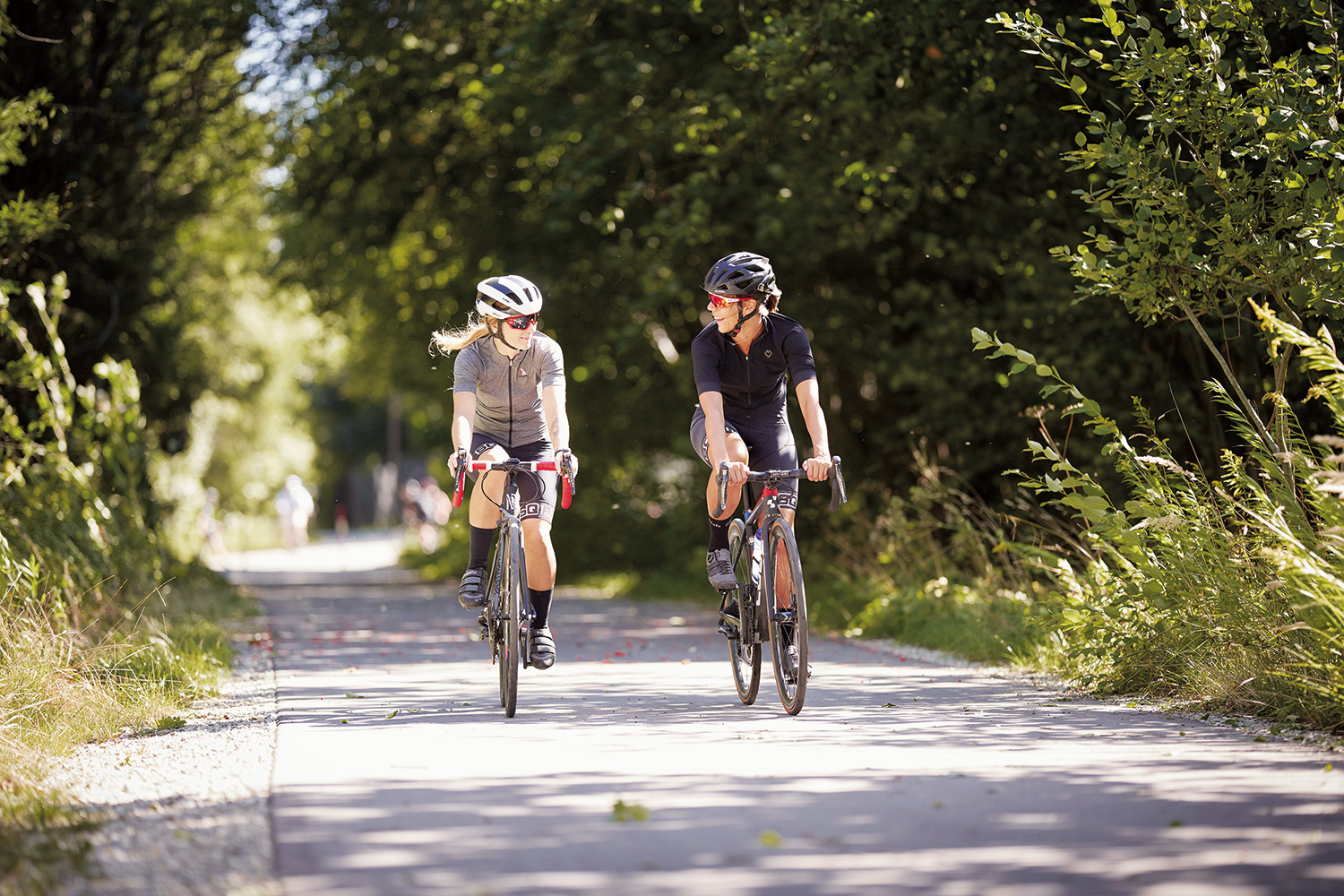

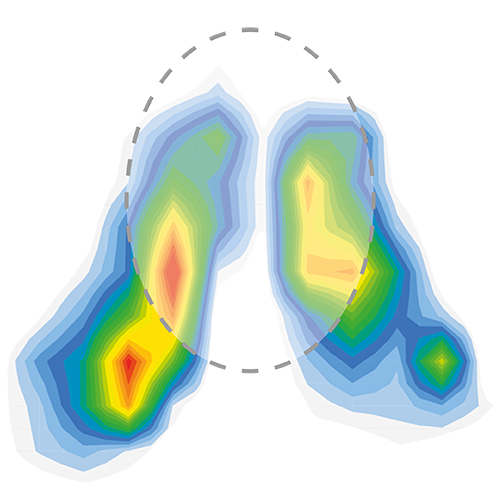
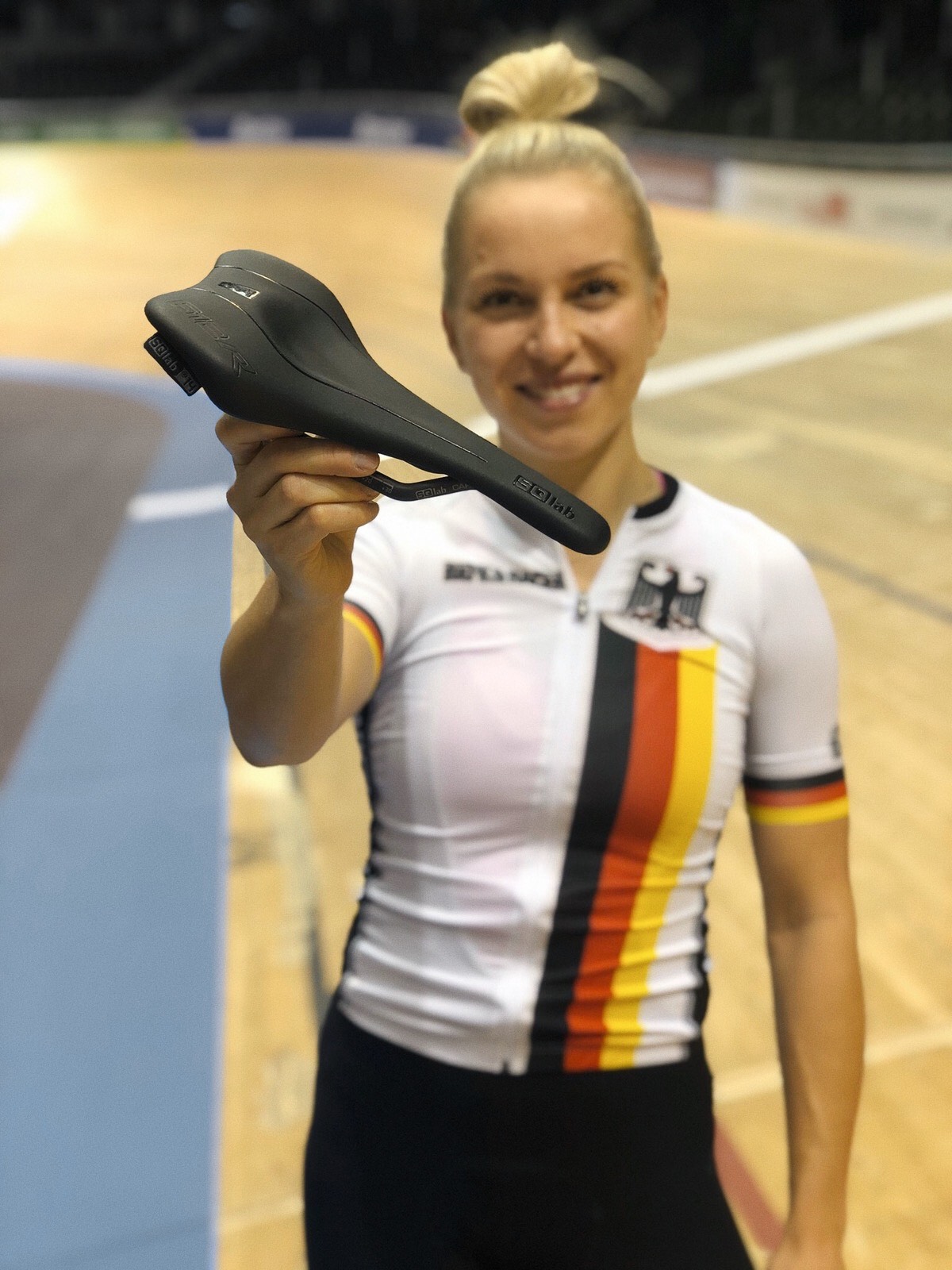
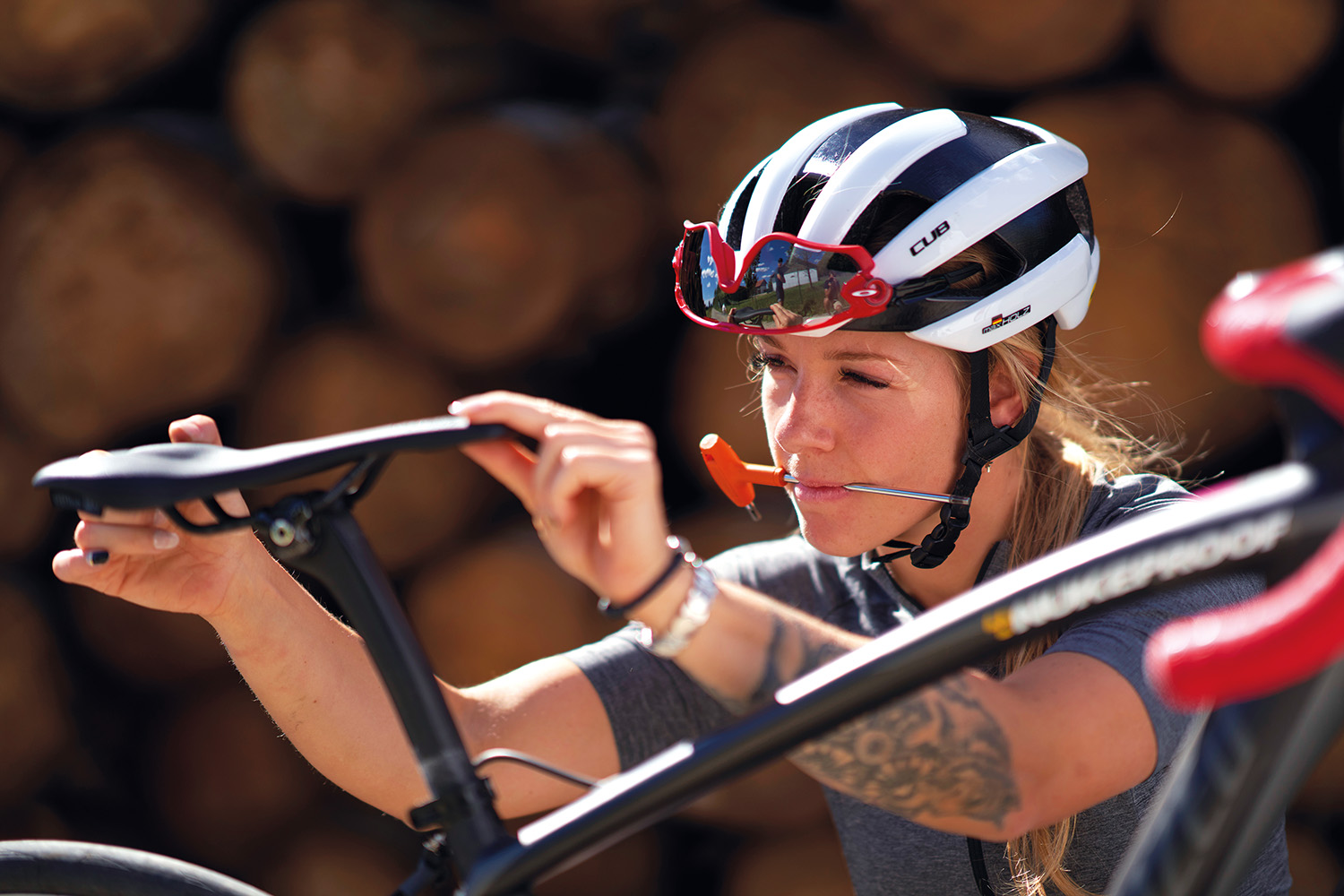
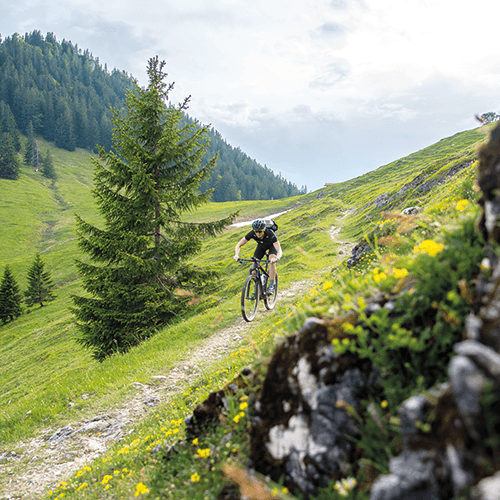
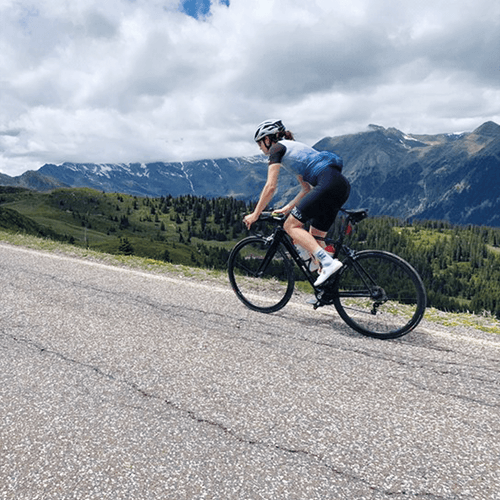
.contact)